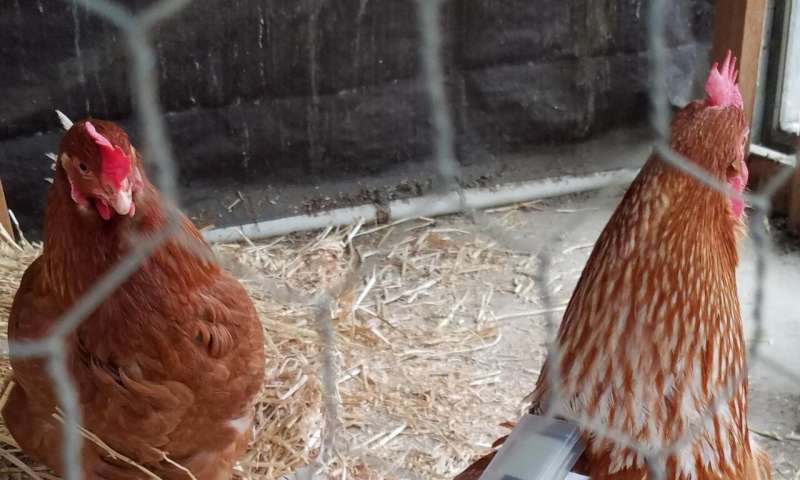Parasite infestations revealed by tiny chicken backpacks
13. 7. 2020 | EurekAlert | eurekalert.org
To help farmers detect mite infestations, a team of entomologists, computer scientists, and biologists led by UC Riverside entomologist Amy Murillo has created a new insect detection system. The team's work is detailed in the journal Scientific Reports.
In recent years, concern for the well-being of livestock has given rise to more farms where poultry are allowed to roam. Though this freedom improves the quality of chickens' lives, free-range chickens are still subject to insect infestations. Of particular concern to scientists is the northern fowl mite, which Murillo said feeds on chicken blood and lives on hens in feathers surrounding "the butt area of the chicken."

In addition to the economic consequences of infected hens laying fewer eggs, mites can make the chickens sick and cause lesions to develop on their skin.To devise their detection system, Murillo's team first identified three key chicken pastimes closely linked to chickens' well-being: pecking, preening, and dustbathing. The team placed motion sensors into tiny backpacks the chickens could wear without discomfort. The next challenge was translating data from these sensors into algorithms that could be detected as behaviors. In order to train a computer to recognize chicken behaviors, Alireza Abdoli, a doctoral student in computer science at UCR, had to take an unusual approach. He created an algorithm, or set of instructions, for the computer that considers the shape that the backpack sensor data makes on a graph, as well as features of the data such as mean and max.
Read more at EurekAlert
Image Credit: Amy Murillo/UCR
-jk-




